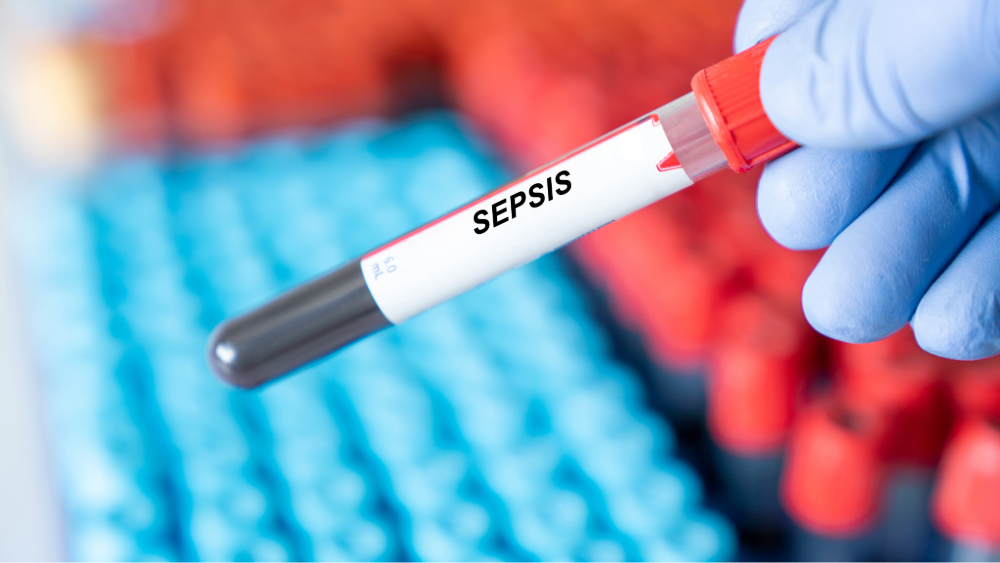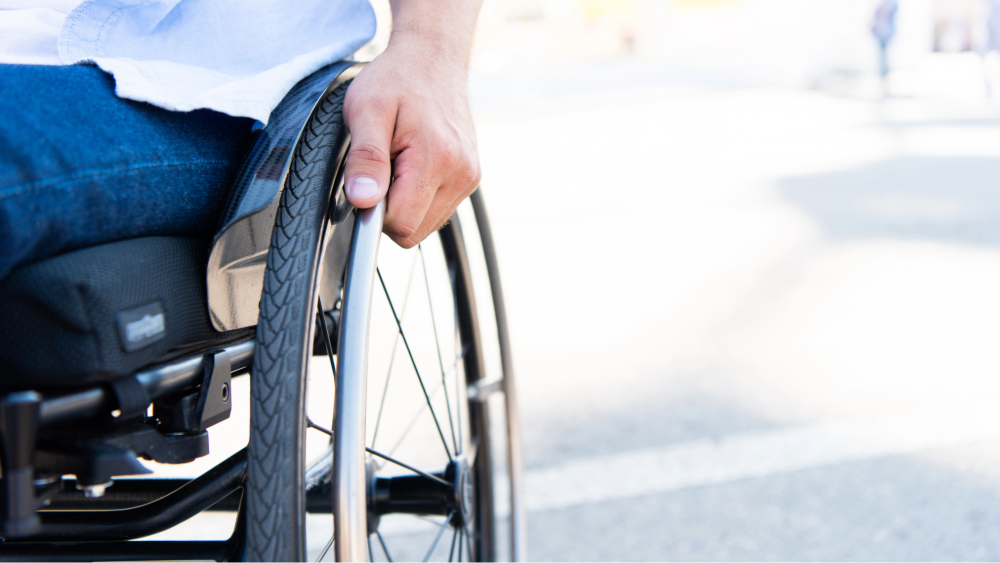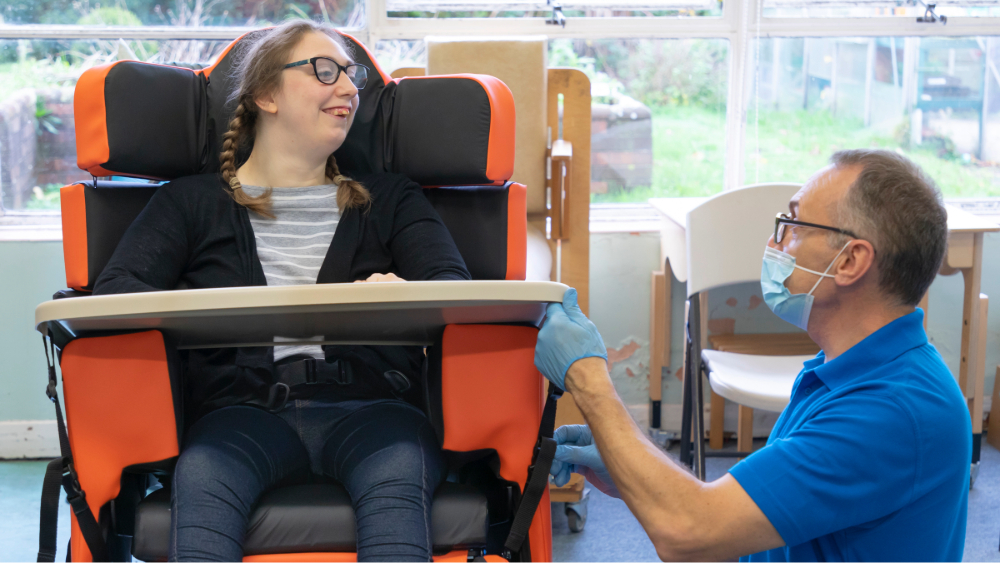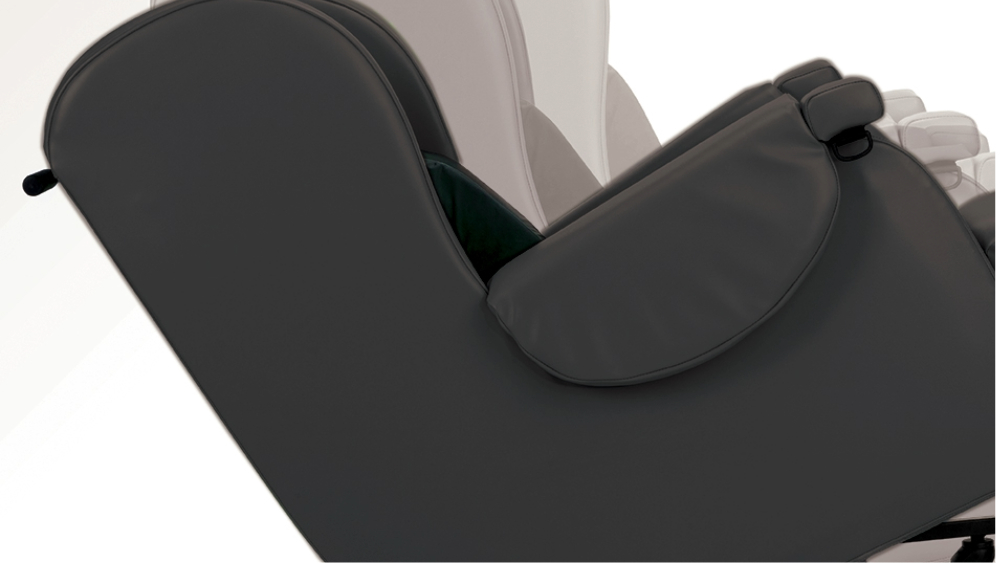What is Sepsis?
Sepsis is the number one cause of preventable death in the world.1 It is an indiscriminate, deadly condition that can kill a healthy individual in only hours. In simplest terms, sepsis arises when the body’s response to an already present infection spirals rapidly out of control. This triggers a chain reaction throughout the body leading to tissue damage, organ failure, and even death, despite the modern advances in antibiotics, vaccines and intensive medical care. Sepsis is a medical emergency, and thousands of lives a year could be saved in the UK through awareness, prompt diagnosis and treatment.
Infections that lead to sepsis most often start in the lung, urinary tract, skin, or gastrointestinal tract. Bacteria cause most infections that lead to sepsis but can also result from viral or fungal infections. The most frequently identified pathogens include Staphylococcus aureus (MRSA), Escherichia coli (E. coli), and some Streptococcus species.2
Although there is no diagnostic test for sepsis, if you have two or more of the following symptoms, getting progressively worse, seek urgent medical advice as it could be the difference between life and death:
Early recognition and prompt treatment can and do save lives.
What is Infection Prevention & Control?
Infection prevention & control (IPC) is a scientific approach and a practical solution designed to prevent harm to individuals caused by infection3. It is a highly relevant key objective and is crucial to not only reducing the risk of transmitting contagious diseases but also the occurrence of sepsis.
IPC occupies a unique position in client safety as it is relevant to every healthcare encounter. IPC is important in multi-user environments, such as hospices and hospitals. IPC is also extremely important in care environments, including nursing and residential homes, where individuals can utilise the same resources and equipment.
Why is Infection Prevention & Control Important?
Individuals in healthcare settings are at risk of contracting healthcare-associated infections (HCAIs), also known as hospital-acquired infections. HCAIs are a serious risk to patients, staff and visitors. Over 4 million people in Europe get an HCAI every year, and around 37,000 die as a direct result of the infection4.
HCAI can affect people of all ages. Any underlying conditions can be exacerbated, delaying recovery and negatively impacting the quality of life5. In 2007, MRSA and Clostridium difficile (C. diff) infections were recorded as the underlying cause of, or a contributory factor in, approximately 9,000 deaths in hospitals and primary care in England6. HCAI can cause not only significant morbidity to those infected but also significant costs for the NHS7 and the wider economy.
What Specialist Seating Considerations Are Required?
Specialist seating systems within health and social care environments can cause cross-contamination; therefore, IPC must be considered during the assessment and prescription processes.
Several factors can increase the risk of an individual acquiring an HCAI, but high standards of IPC practice, including ensuring clean and appropriate equipment, can minimise the risk. It is essential that any chair provision within these environments takes into consideration IPC. Chairs should be configured with appropriate materials and fabrics that reduce the risk of cross-contamination and cleaned as per the manufacturer’s instructions.
How Can Specialist Seating Address Infection Prevention & Control?
Specialist seating materials play an integral role in ICP; cross-contamination can be controlled and minimised if the following are achieved:
- The fabrics used must be durable.
- The fabrics used should be waterproof to keep the cushion as protected as possible.
- Stitching and seams should be kept to a minimum.
- Materials used need to be easy to clean.
- Materials used should be compatible with a chlorine solution.
Fabrics that have antifungal and antibacterial properties that will not support microbial growth can offer protection against MRSA, E. coli, and Aspergillus Niger. Removable covers, which can be easily taken off for cleaning, or fixed covers designed with IPC in mind, are also vital.
Vinyl is ideal in high-risk environments; it is inherently resistant to stains as they do not absorb into the surface, so they are easily cleaned away. Vinyl essentially provides a tough, durable exterior to the seating system that will help to protect it from any leaks and spills.
However, when pressure management is a significant seating goal, vapour permeable (VP) fabric may be a more appropriate option for all contact areas. VP is a breathable and multi-stretch material, allowing the cushion to contour to the user. It is also waterproof and can be coated with an antimicrobial substance, which can help prevent the spread of infection by suppressing the growth of microorganisms.
How Can CareFlex Help?
To help in healthcare settings, care homes and other multi-user environments where attention to IPC is critical, CareFlex can offer infection control covers. We have replaced Velcro with plastic profile fittings, zips and minimised exposed seams in all exposed areas.
We use Panatech VP fabric for our support surfaces, which is the optimal material to prevent the spread of infection:
- Safe material for areas where the skin is in direct contact with the chair.
- Impermeable to bacteria, viruses and fluid ingress – polyurethane is a fluid-proof, breathable barrier.
- Promotes vapour release to maintain a healthy microclimate.
- Reliable and designed to maximise the life of the support surface.
Additionally, the Shield Plus™ anti-microbial technology on our vinyl range has been through independent testing against the spread of the COVID-19 coronavirus strain to reassure individuals and Health & Social Care Professionals of its effectiveness against the rise of new contagious diseases. Shield Plus™ anti-microbial protection attracts microbes (bacteria, viruses and fungi) and physically destroys them on impact. It has the broadest spectrum of effectiveness against bacteria, including C. diff, and viruses, including COVID-198.
CareFlex is here to support you when you need us. Do not hesitate to call us on our free phone number, 0800 016 8440 or email info@careflex.co.uk to discuss any seating needs and how we can help.
References
1.Sepsis Research Feat (2022) What is sepsis? Available from: https://sepsisresearch.org.uk/what-is-sepsis-2/
2.Dantes R (2022) Sepsis: A Review for Infection Prevention Professionals Available from: Sepsis: A Review fohttps://www.infectioncontroltoday.com/view/sepsis-a-review-infection-prevention-professionalsr Infection Prevention Professionals (infectioncontroltoday.com)
3.World Health Organization (2019) Infection prevention and control Available from: https://www.who.int/infection-prevention/about/ipc/en/
4.Public Health England (2016) Healthcare associated infections (HAI): point prevalence survey, England Available from: https://www.gov.uk/government/publications/healthcare-associated-infections-hcai-point-prevalence-survey-england
5.National Institute for Health and Care Excellence (2014) Infection prevention and control Available from: https://www.nice.org.uk/guidance/qs61/chapter/Introduction
6.National Audit Office (2009) Reducing healthcare associated infections in hospitals in England Available from: https://www.nao.org.uk/report/reducing-healthcare-associated-infections-in-hospitals-inengland/
7.National Institute for Health and Care Excellence (2016) Healthcare-associated infections (QS113) Available from: https://www.nice.org.uk/guidance/qs113/resources/healthcareassociated-infections-pdf-75545296430533
8.Panaz (2020) Shield Plus – Effective Against COVID-19 Coronavirus Strain Available from: http://www.panaz.com/en/news/2020/02/shield-plus-effective-against-covid-19-coronavirus/



